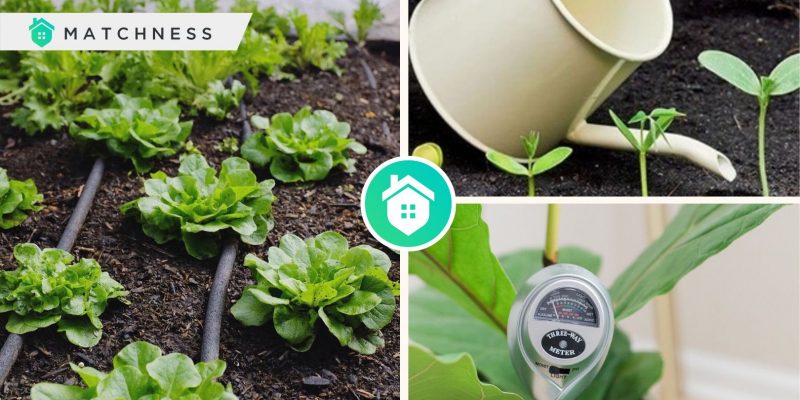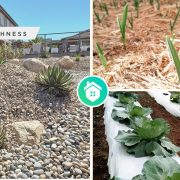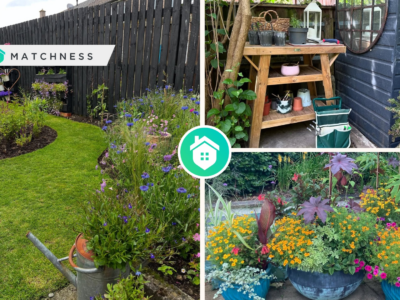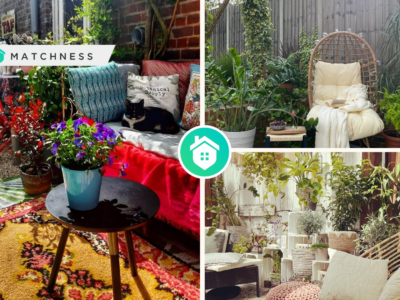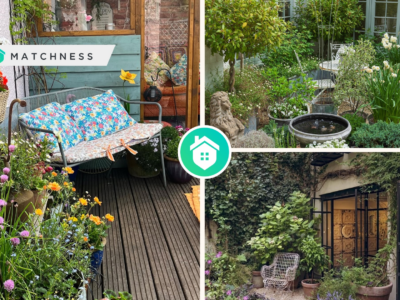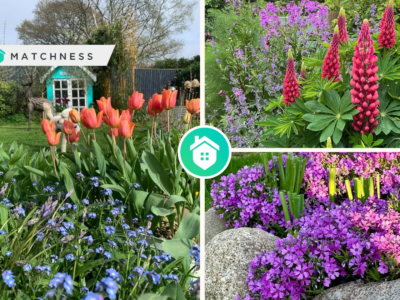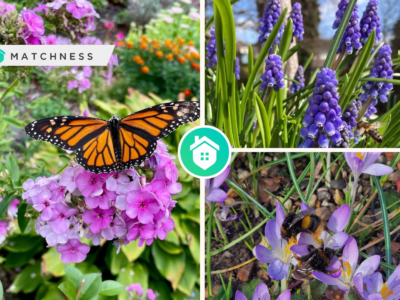Watering your garden effectively is crucial for maintaining healthy plants and ensuring they thrive. The watering process is something that you can’t underestimate because it is the main part of the plant’s growth. However, some of us do not know about the right watering process to get the best growth plants. Each plant has different water needs. Also, there are some aspects of watering that can improve your plants’ quality.
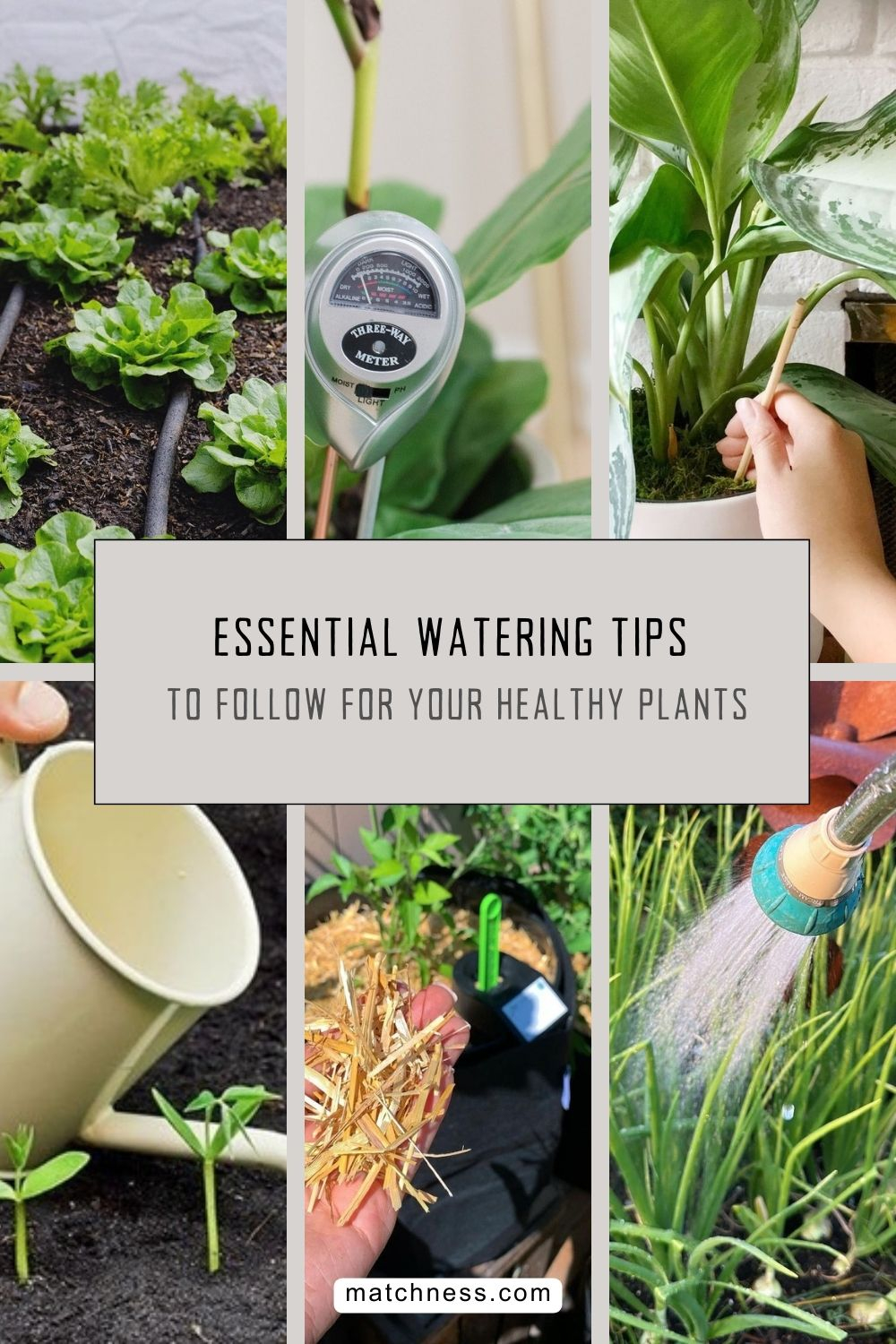
In this article, we will show you some tips that you can follow to have the best watering process for your plants. By following these watering tips, you can create a healthy and thriving garden, conserve water, and promote the robust growth of your plants. Remember, the key to successful watering is consistency and understanding the specific needs of your garden.
Here are some essential tips to help you water your garden efficiently:
Know Your Plants’ Needs
Different plants have varying water requirements. For instance, succulents and cacti need less water compared to vegetables and flowering plants. Research your plants’ specific needs to avoid overwatering or underwatering.
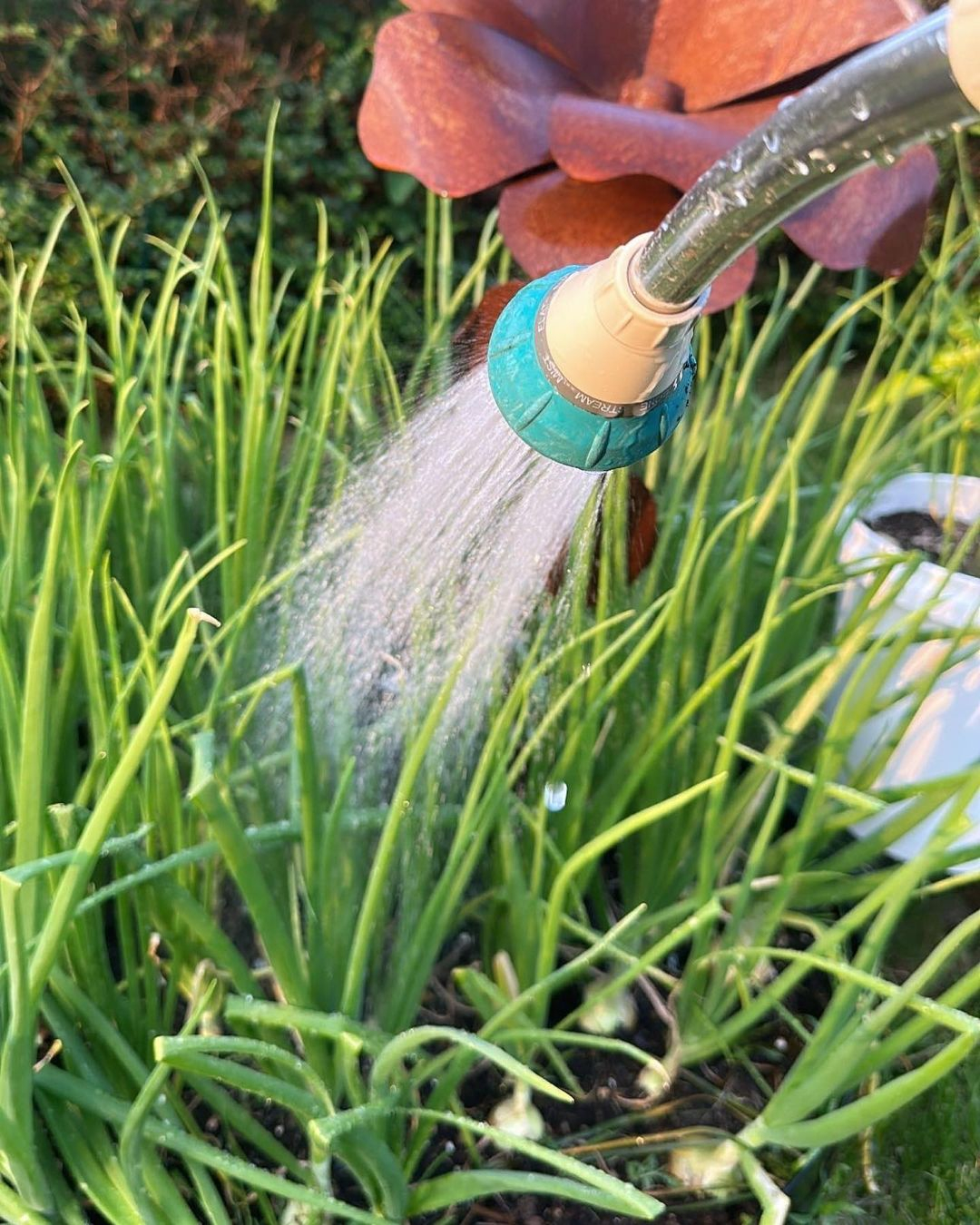
Onion is one of the plants that are a little bit tricky and need to be concerned for the watering process. There are different water needs for the onion during its growth. Plants Watering Process from @rhondamoffit
Water Close to the Soil
Rather than spraying the plants, we recommend you water the plants by setting the watering can near or beneath the soil surface. The soil surface won’t be damaged and the water will move directly to the root.
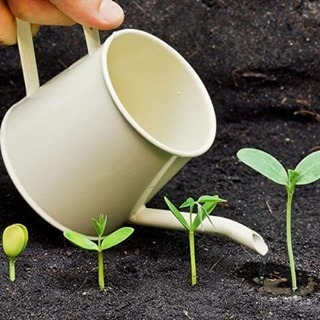
In doing the close watering technique, you should consider the watering can that you will use. There are varied watering cans related to the pouring tip that is being used for varied plants. Close Watering Distance from @westcoastseeds
Soil Aeration
This technique is done by loosening up your plant’s soil before watering the plants. It will be great to allow oxygen distribution around the roots. You can do it by watering the plant around the base towards the center, then allowing all the water to drain.
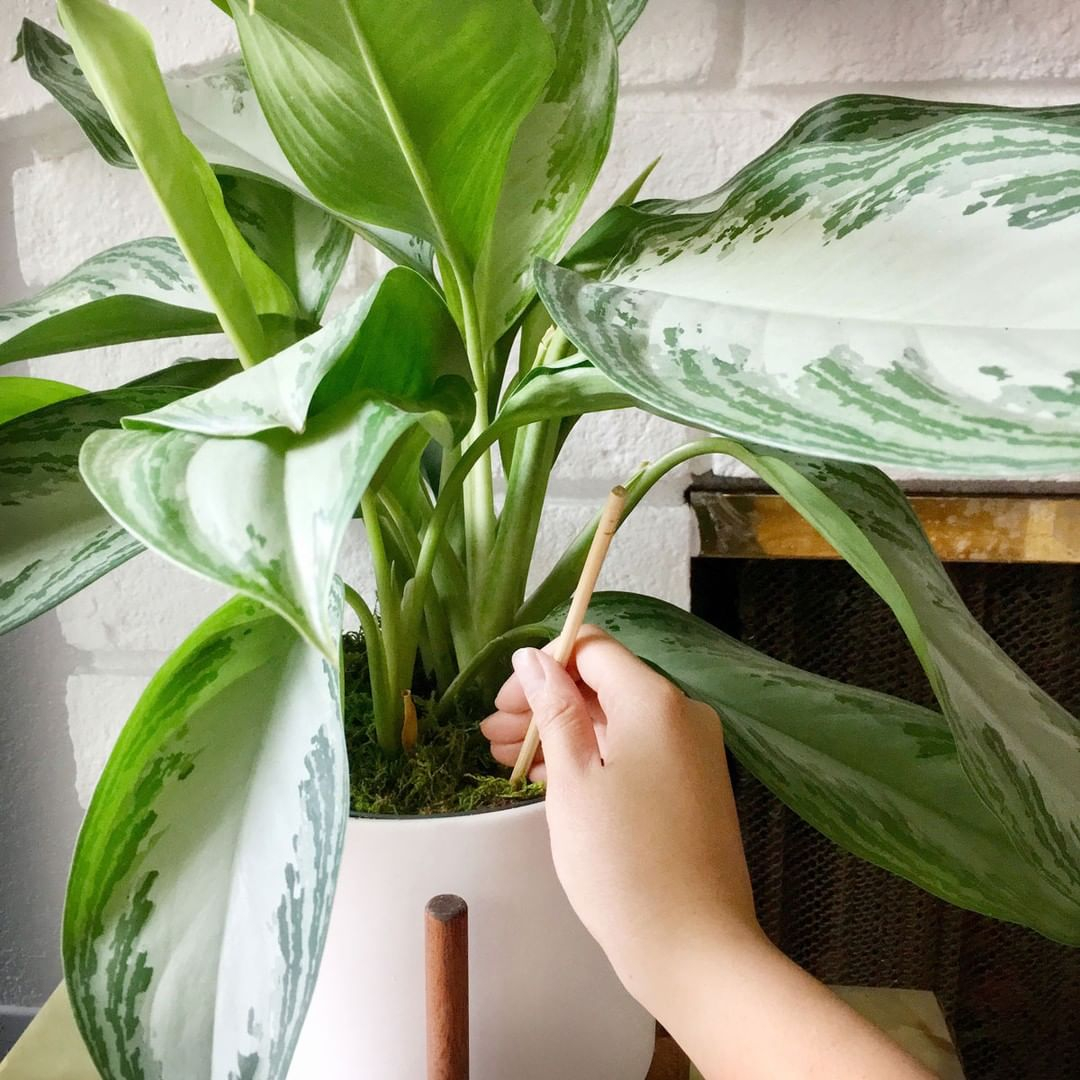
You can do the soil aeration by using chopsticks. Simply poke some holes through the top of the soil. After that, you can do the watering process as usual. Soil Aeration from @leonandgeorge
Use Mulch
Mulching around plants helps retain moisture, suppresses weeds, and regulates soil temperature. Organic mulches like straw, wood chips, and compost gradually decompose, adding nutrients to the soil.
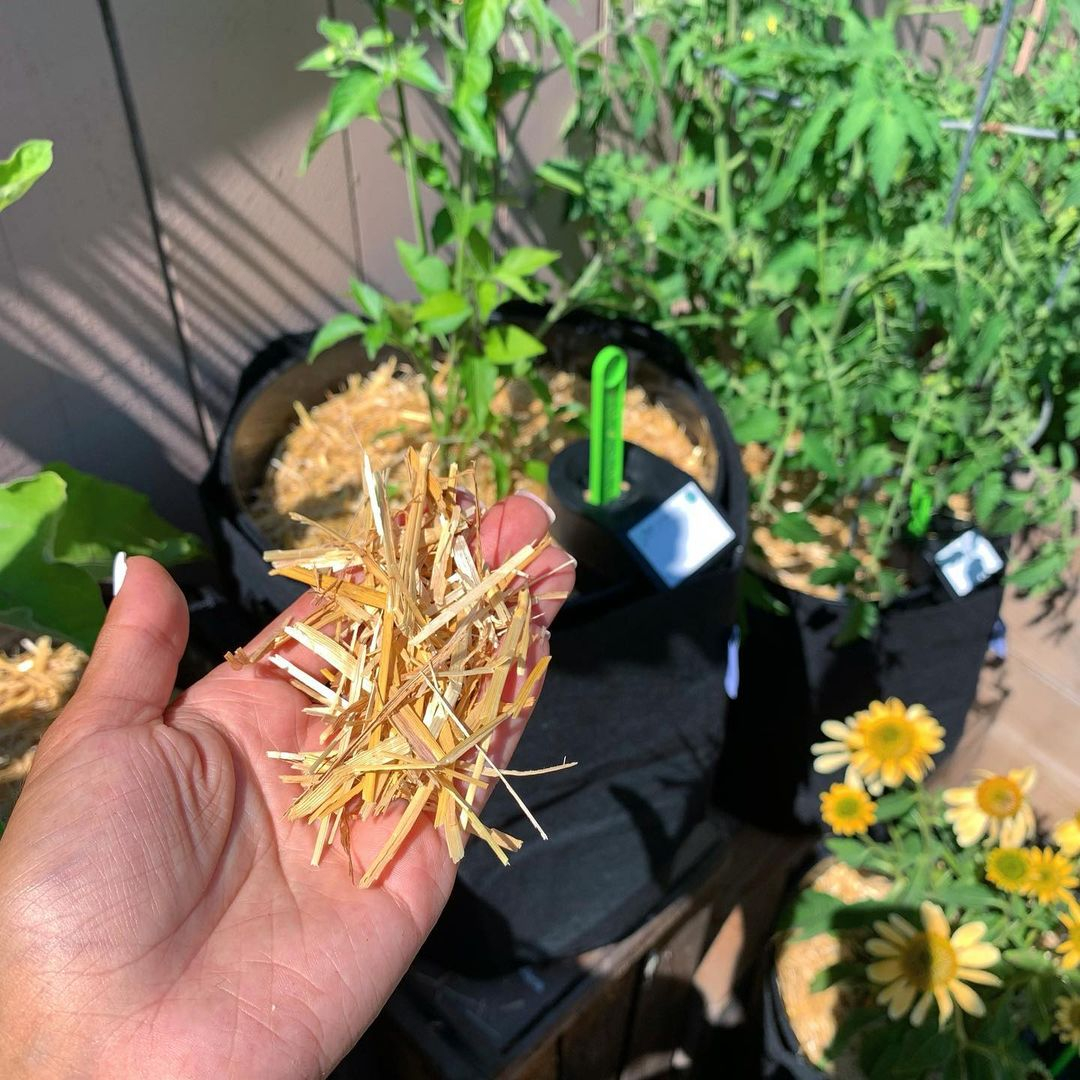
This is what we call mulch. The mulch is a simple thing but can have a big impact on your plants to grow well and keep the moisture in certain weather and conditions. Mulch Application from @itsthymetogarden
Avoid Overwatering
Overwatering can be as detrimental as underwatering. It can lead to root rot, fungal growth, and nutrient leaching. Use a moisture meter or check the soil by hand to determine if watering is necessary.

If you want to get a valid measurement, we recommend you use the moisture meter. It will be really functional to check whether your plant already needs to be watered or not. Moisture Meter from @fiddleleaffigplantresource
Group Plants with Similar Needs
Planting groups of plants with similar water requirements together can make watering more efficient and prevent overwatering or underwatering of certain plants.
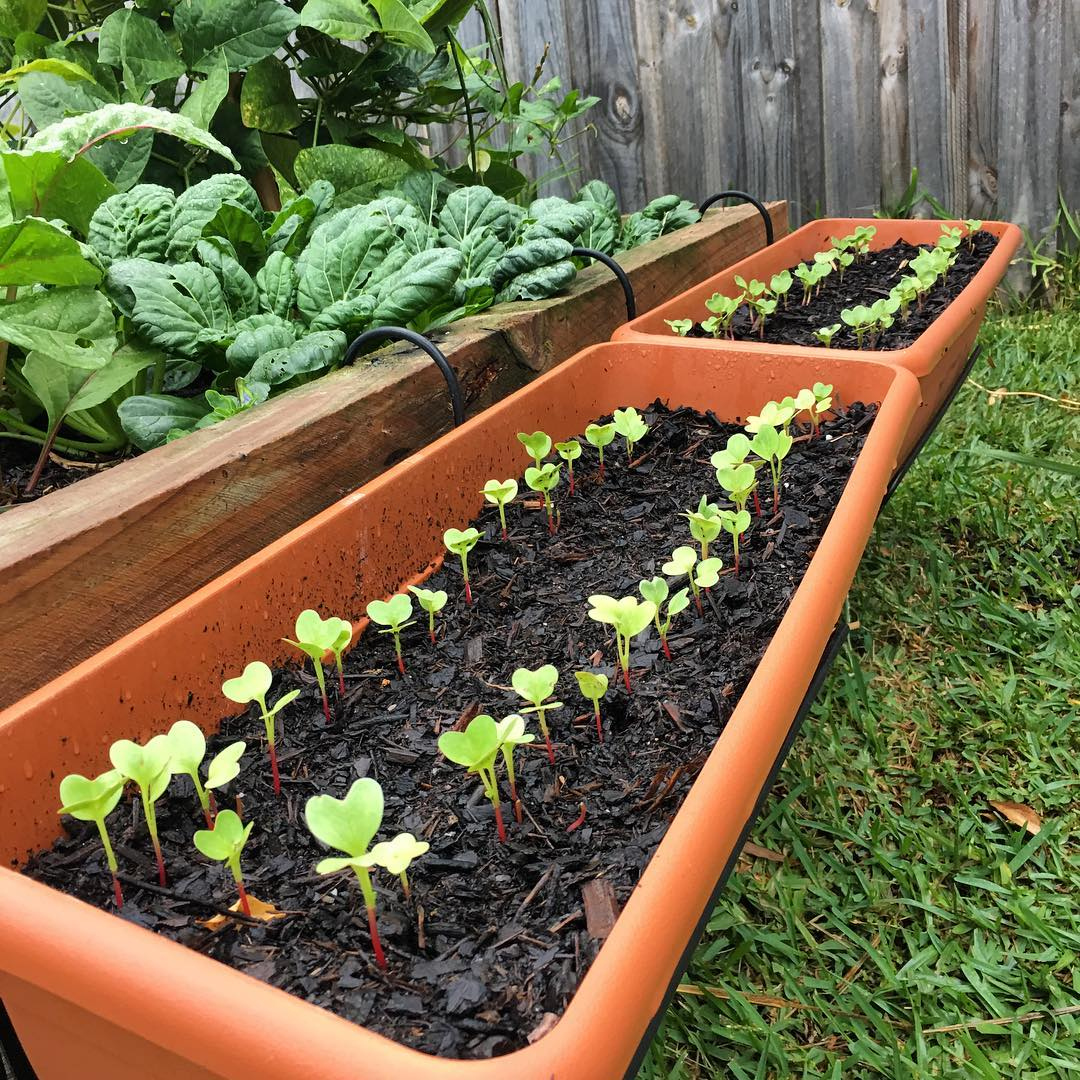
In dividing the plants, it won’t be only about the kinds of plants but also the age of the plants. You can see there where the plants of different sizes and ages are separated in different planters. Plant Drainage from @my_urban_edible_garden
Use Drip Irrigation or Soaker Hoses
These systems deliver water directly to the soil at the base of the plants, minimizing evaporation and reducing water waste. They are particularly effective for vegetable gardens and flower beds.
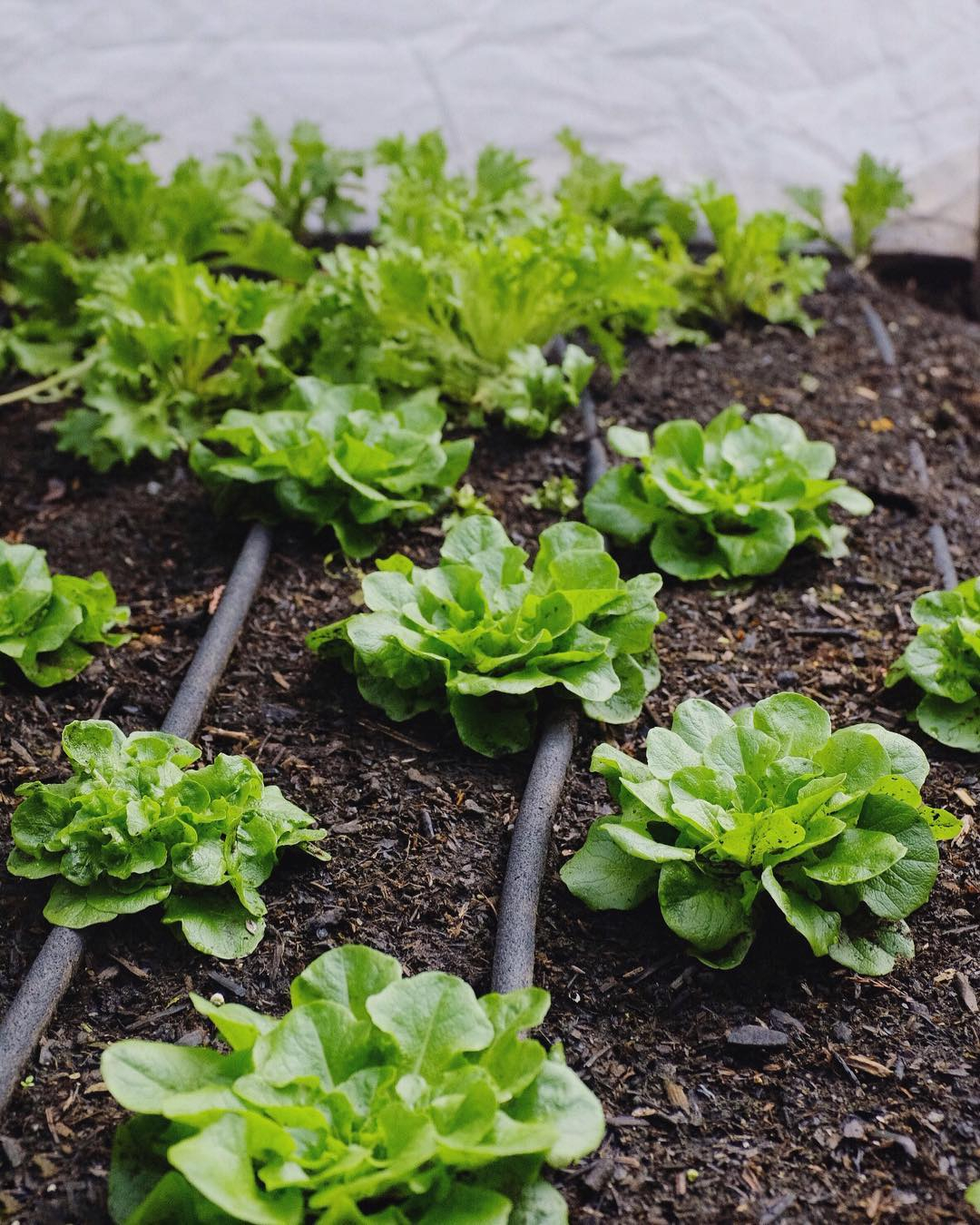
Look at how the soaker hose can reach all parts of the plants really well. It will let the plants be well irrigated without being too much because the water flow is managed. Soaker Hose from @urbanfarmstead
Collect Rainwater
Harvesting rainwater is an eco-friendly way to water your garden. Install a rain barrel to collect runoff from your roof and use it to water your plants during dry periods.

This one is an example of how the barrel installation can be an effective media to collect the rainwater. We recommend you to have it near your garden area so that you can use the water easily to water the plants in your garden. Collecting Rainwater from @motherearthnewsmag
Check for Proper Drainage
Ensure your garden has good drainage to prevent water from pooling around plant roots, which can lead to root rot. Raised beds or well-amended soil can improve drainage.
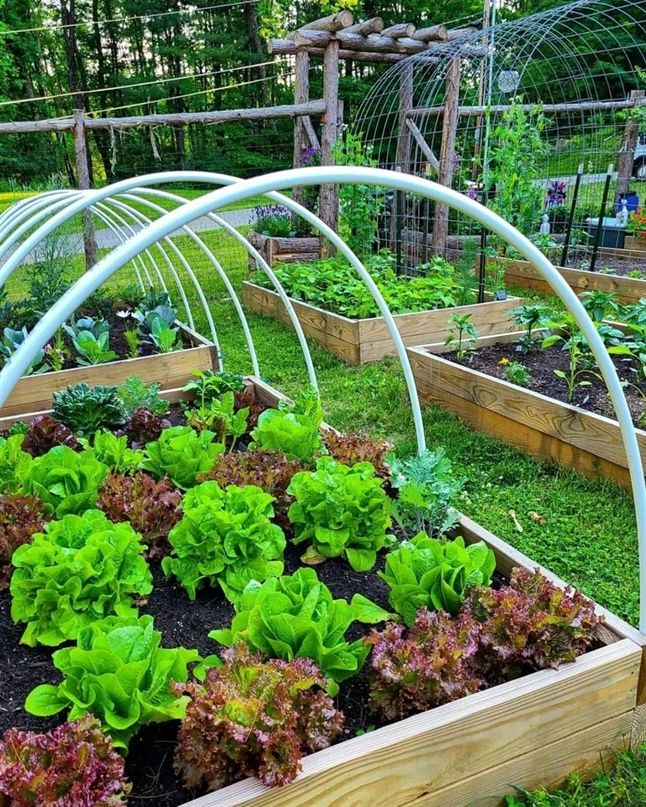
This is what we call with raised beds. It is great for you to make groups of the different plants and to help you manage the drainage. No need to worry about being too much watered because the water will flow to the ground under the beds. Proper Drainage from @gardeningdailygram
Water Early in the Morning
Watering early in the morning minimizes water loss due to evaporation and allows plants to absorb moisture before the heat of the day. It also reduces the risk of fungal diseases that can develop on wet leaves.


